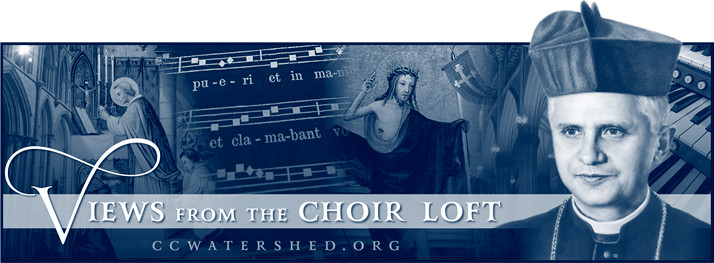For Part 1 of this series, please click HERE.

 WO WEEKS AGO (I’ve been lazy), we covered the first part of Evening Prayer, specifically, the Hymn and Psalmody. This contains the real “meat” of the liturgy, since the Liturgy of the Hours centers around the proclamation of the Psalms. This week, we will take a look at the reading and Responsory.
WO WEEKS AGO (I’ve been lazy), we covered the first part of Evening Prayer, specifically, the Hymn and Psalmody. This contains the real “meat” of the liturgy, since the Liturgy of the Hours centers around the proclamation of the Psalms. This week, we will take a look at the reading and Responsory.
Immediately following the psalms is the reading. The reading is prescribed for each specific day of the cycle, or for the given feast on the calendar. It is permissible to use a different reading, usually from the Mass of the day, as a substitution, but in my opinion you should stick with the prescribed reading for the day. The cycle is there for a reason.
If a priest or a deacon is leading Evening Prayer, he may give a homily at this time, but it is optional. Following the reading (or homily), the Responsory is sung. The Responsory is an odd moment in the Ordinary Form because it is quite short. For this reason, singing it is one of the only ways to make it non-trivial. It is best to sing this with a cantor, and the form of the Responsory follows:
Responsory (Phrases A and B) – cantor
Responsory (Phrases A and B) – all
Versicle (a short verse) – cantor
Responsory (Phrase B only) – all
Doxology (only the first part, up to “Holy Spirit”) – cantor
Reponsory (Phrases A and B) – all
It is best to simply see this, in full text, for an example. Following my previous examples, let us look at the text of the Responsory for May 31, the Feast of the Visitation:
Hail Mary, full of grace, —the Lord is with you.
Hail Mary, full of grace, —the Lord is with you.
Blessed are you among women, and blessed is the fruit of your womb.
—the Lord is with you.
Glory to the Father, and to the Son, and to the Holy Spirit,
—Hail Mary, full of grace, the Lord is with you.
This form lends itself well to very simple musical adaptations. Here is an example of the above text:
Next week, we will wrap up our examination of Evening Prayer and its defining canticle, the Magnificat.

